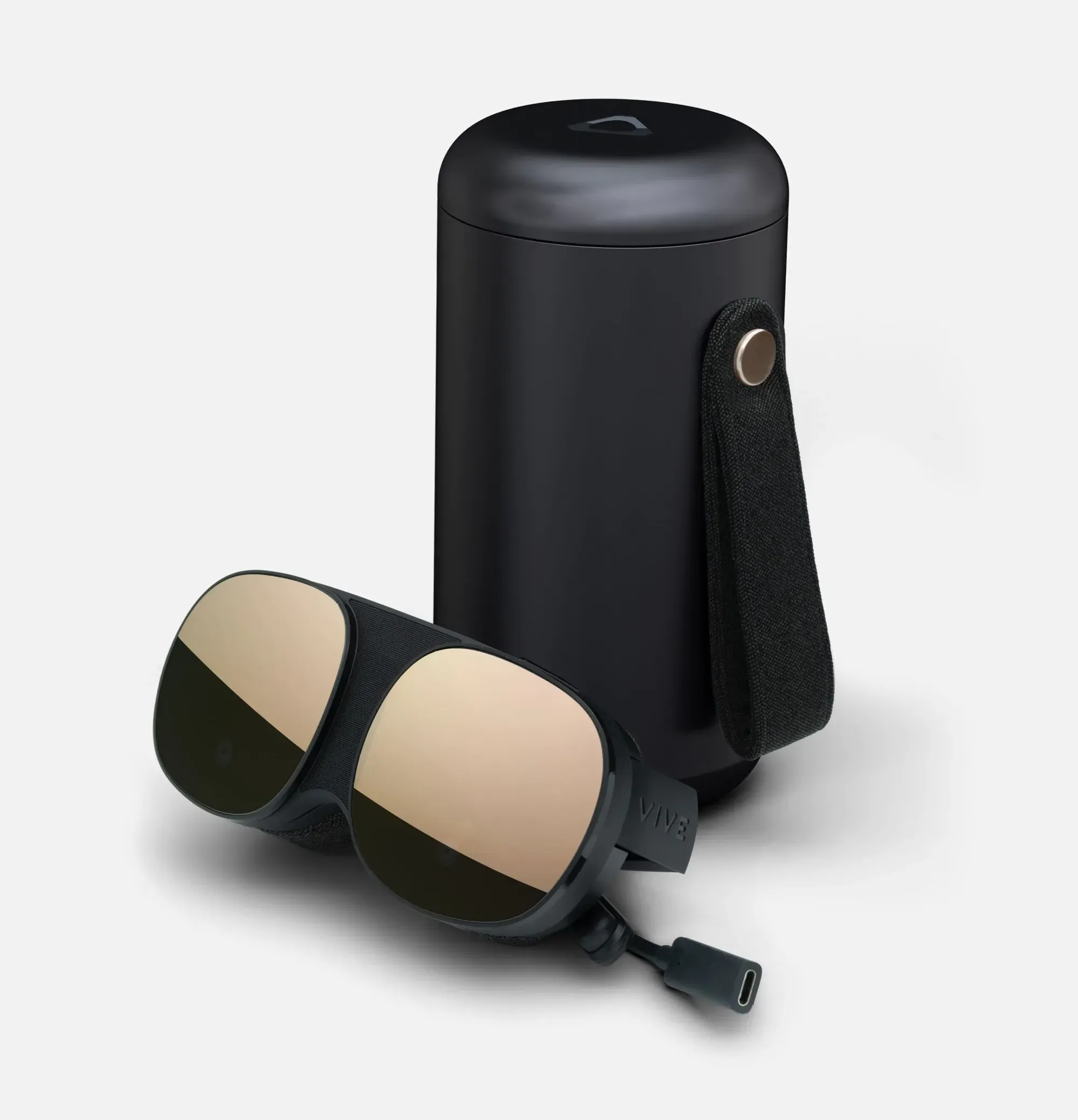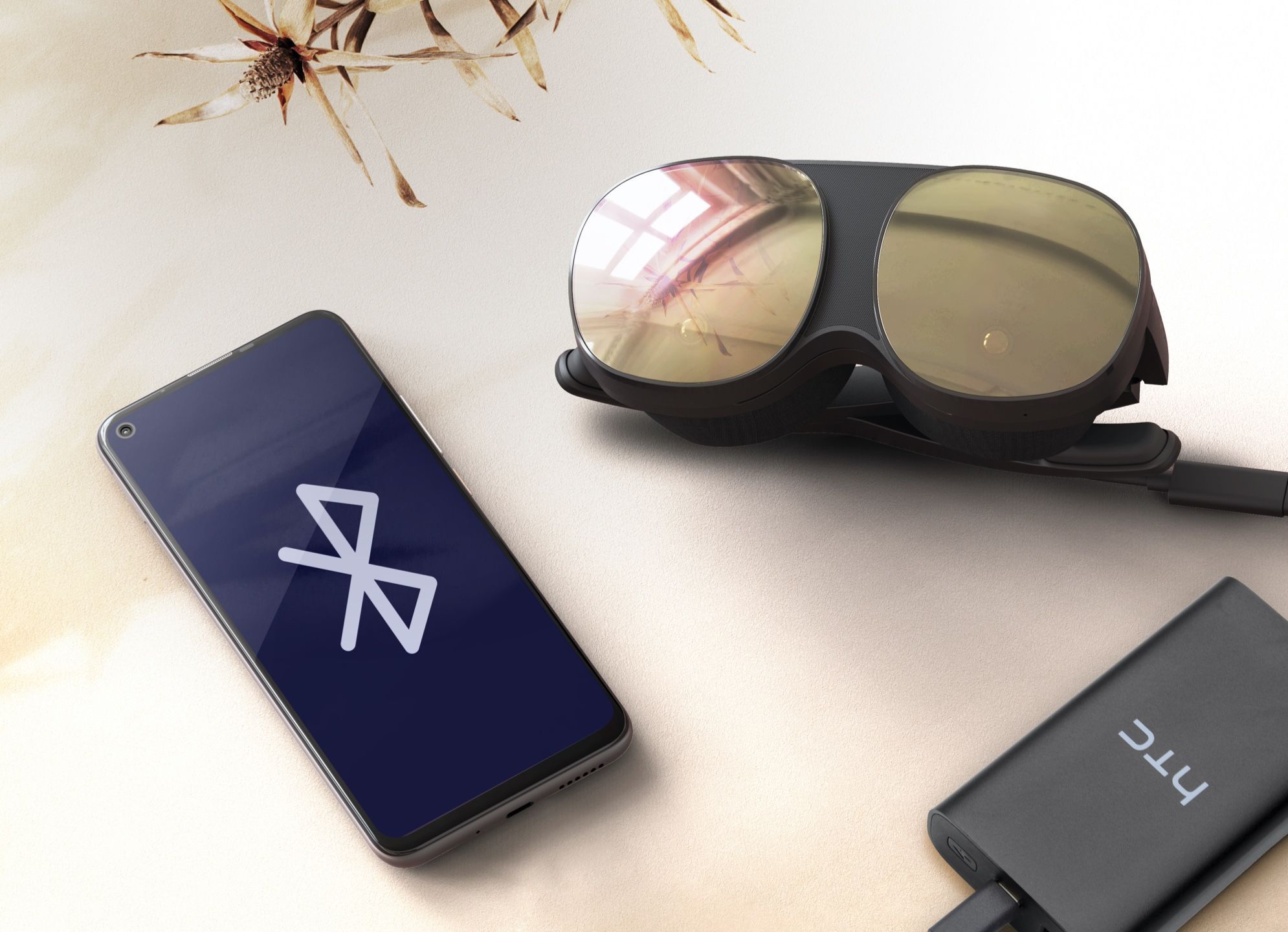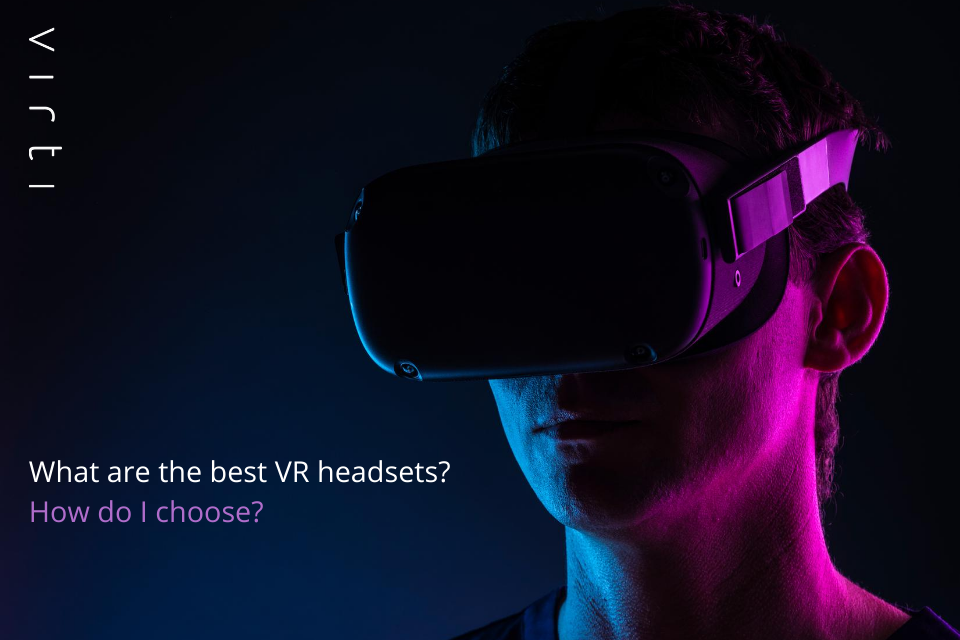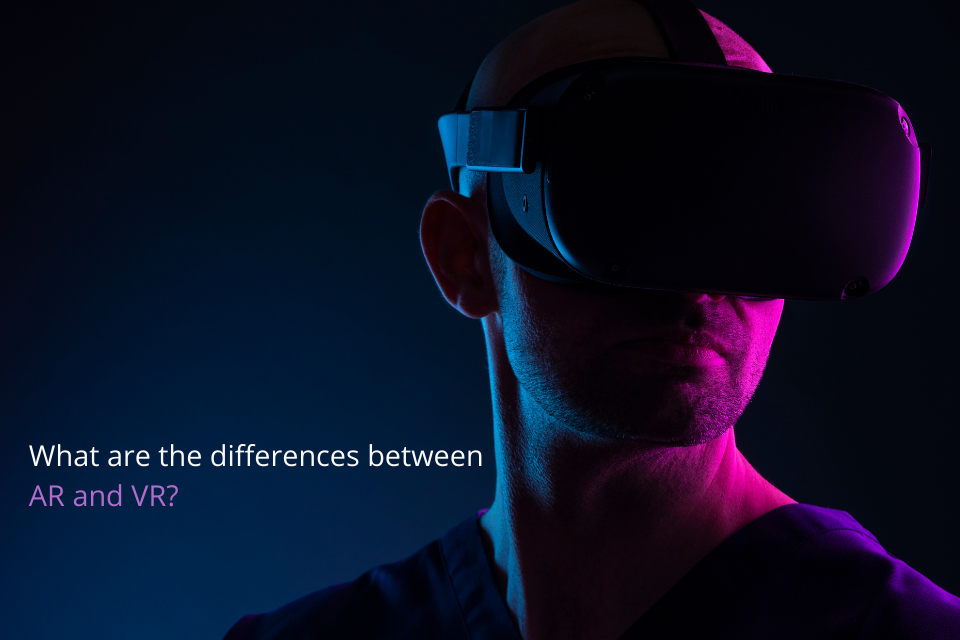Vive Flow - HTC's tiny new VR headset, is it any good?
HTC has officially announced the HTC Vive Flow. A tiny sized VR headset made for specific use cases such as relaxation, mindfulness and media consumption. Read this article to find out more!

I, along with Nils (our CTO), got a chance to try a developer kit version of the Vive Flow, a new headset being released by HTC ($499). In short an impressive headset which could be of a real appeal to the more casual audience but with a couple of odd caveats.
We met HTC to try it and our first surprise was just how small and discreet the headset as a whole is. It is more akin to wearing a pair of glasses rather than a big bulky headset that is offered by the wider market. It only weighs 189 grams and fits into a very small case (you can buy one from their website separately) making it very convenient to carry around with you.
The process of getting into the headset was pretty seamless. A very nice feature and one I’ve not seen on any other headset are lenses allowing you to adjust the focus on a per eye basis. This removes the need to wear glasses with the headset and allows someone with a lazy eye such as myself, to see a much clearer picture. Once adjusted, the quality of the image was excellent and although it has a lower DPI than some competitors (3.2k combined (2x 2.1” LCD 1600 x1600 per eye), the customisable lenses really helps to compensate for that. It has active cooling in the headset as well and combined with the low weight, is very comfortable to wear and I could’ve seen myself comfortably wearing it for prolonged periods.

It’s being pitched as a headset primarily focused on wellness and mindfulness and the content we saw on it had quite basic functionality but showed exactly what the headset is intended for. Other headsets will have experiences of more complexity but for who this headset is trying to target, I’d doubt that audience will be very worried. The headset does still have 6DOF tracking with your mobile phone connecting as a controller to act as a 3DOF device.
The headset also uses the mobile phone as a device manager through the use of a companion app and multiple apps from your mobile device can be broadcast to the headset through Miracast. This offers the ability to consume content on your mobile device through the headset, allowing you to watch Netflix for example without needing to install a separate app on the headset. It also has a crucial extra role which is as a potential power source.
I’ve avoided mentioning it so far but the primary reason that HTC has managed to make the device so small is because of a very small battery on the device. If unplugged, the device can run for a very short period of time (circa ten minutes) so the expectation is that you have the device charging from your phone, power bank or laptop. It’s an interesting compromise as the lack of weight on the headset makes it a joy to wear and really transportable but you basically would need to ensure your choice of power source has plenty of power to use it for any prolonged period.

The other interesting quirk with the device is its reliance on your mobile device. Not an issue except if you are an Apple user, where HTC can’t use the same miracast technology to allow support from apple devices. They are working on trying to find a workaround but it’s a big omission to a good sector of the potential market. There are also some differences in support on Android with certain features not supported on certain devices. They do plan for a hand tracking solution to come out some time after launch which perhaps will mitigate those requirements as well.
Regardless of my concerns above though, it was a device that I was very impressed with. I think their decision on a small battery was a sensible compromise in helping to ensure that the headset is as comfortable to wear as possible and I think with power bank usage increasing and users normally having mobile phones on them, users have methods of powering the device. Otherwise, I think that HTC has very sensibly picked an audience to target this headset at. The main challenge now will be getting quality content on their platform to ensure users become sticky and become long term users. I could make a fair argument of this doing more for mainstream VR usage rather than the Quest which is strongly pitched as a gaming headset and I think this is needed to expose the power of VR to a wider audience. I look forward to seeing how the headset fairs in the market over the next few months!
Additional resources





